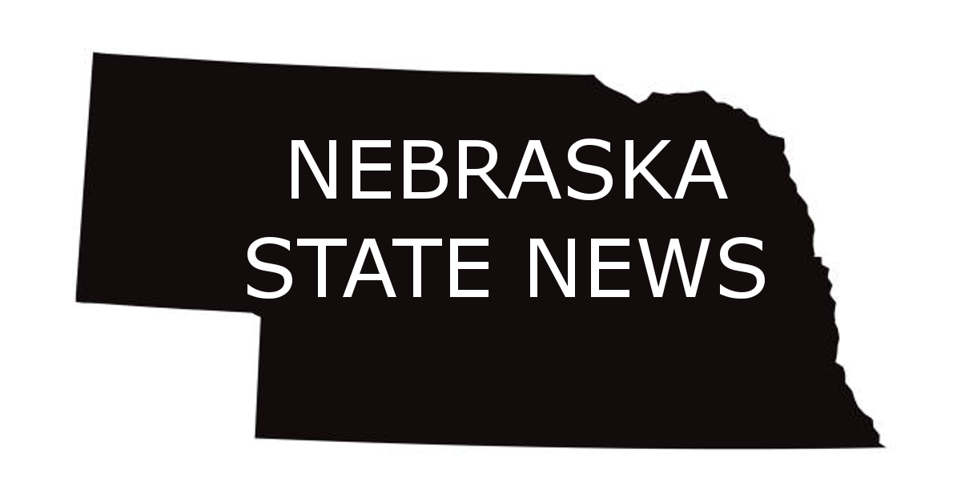2024 Kids Count Data Book Released

Nebraska Ranks High in Child Well-Being, but Child Poverty, Chronic School Absent Rate, and Test Scores Worsening: Voices for Children in Nebraska Urges Focus on Equipping Kids to Learn as 2024 KIDS COUNT Data Book Highlights Post-Pandemic Successes and Challenges
50-State Data Show Academic Outcomes, Absence are Linked to Poverty, Trauma; Policymakers Must Act to Promote Kids' Future Success, Annie E. Casey Foundation Finds.
Nebraska ranks ninth in overall child well-being, according to the 2024 KIDS COUNT® Data Book, a 50-state report of recent data developed by the Annie E. Casey Foundation analyzing how kids are faring in post-pandemic America. However, in some key indicators of child well-being, such as the percentage of children in poverty, rates have worsened at a rate greater than the national average. The data show Nebraska leaders must do more to prepare children to learn so they are ready to earn when they reach adulthood. At stake nationally: hundreds of billions of dollars in future earnings and trillions of dollars in lost economic activity.
Each year, the Data Book presents national and state data from 16 indicators in four domains — economic well-being, education, health, and family and community factors — and ranks the states according to how children are faring overall.
Nebraska’s high overall ranking was driven by an economic well-being ranking of fifth. Nebraska families do particularly well in indicators measuring workforce participation. For example, Nebraska ranks fourth in the nation in percent of children living in families where no parent has full-time, year-round employment and first with the lowest percentage of teens 16 to 19 not attending school or not working.
However, other indicators show that these high employment rates are not translating to economic security. Between 2019 and 2022, child poverty rates increased from 11% to 14%. This amounts to a 27% increase in Nebraska’s child poverty rate, the second highest among all states, at a time when the U.S. experienced a 6% decline in child poverty.
“Nebraska failed to step up and provide crucial assistance coming out of the COVID-19 pandemic,” said Josh Shirk, Research Coordinator of Voices for Children in Nebraska, Nebraska’s member of the KIDS COUNT network. “Our rising child poverty rate from 2021 to 2022, at a time when many states saw declines in child poverty, can be traced directly to loss of the federal child tax credit and other economic supports. It is urgent that we address the ongoing economic crisis many Nebraska families are facing.”
In its 35th year of publication, the KIDS COUNT® Data Book focuses on students’ lack of basic reading and math skills, not a new problem, but brought to light by the focus on learning loss during the COVID-19 pandemic. Unprecedented drops in learning from 2019 to 2022 amounted to decades of lost progress. Chronic absence has soared, as students in poverty and students with unmet mental health needs have struggled to find a return to routine.
Key findings from the most recent school year available (2021-2022) include:
· 30% of all students nationally (14.7 million students) were chronically absent in 2021–22, compared to 16% before the pandemic (2018–19, the final school year fully unaffected by COVID). In Nebraska, 23% of students were chronically absent in 2021-22.
· In 2021-22, two kids in five (40%) had undergone one or more adverse childhood experiences (ACEs), such as family economic hardship or their parents having divorced, separated or served time in jail.
· Fourth graders reading below proficiency increased 5% in Nebraska and 3% nationally from 2019 to 2022.
· Eighth graders scoring below proficiency in math increased 10% in both Nebraska and nationwide from 2019 to 2022.
Moreover, state averages mask disparities that affect students of color, kids in immigrant families and children from low-income families or attending low-income schools. In Nebraska, fourth grade reading proficiency rates in 2022 were just 19% for children on free/reduced school lunch, 45% for children not on free/reduced school lunch, 14% for Black children, 19% for Hispanic children, and 42% for white children.
“The data is heartbreaking. Fourth grade is when learning to read becomes reading to learn.” Said Juliet Summers, Executive Director of Voices for Children in Nebraska. “We must do better to ensure our children’s basic needs are met, so that they are not just coming to school, but coming to school equipped to learn and thrive.”
The Casey Foundation report contends that the pandemic is not the sole cause of lower test scores: Educators, researchers, policymakers, and employers who track students’ academic readiness have been ringing alarm bells for a long time. U.S. scores in reading and math have barely budged in decades. Compared to peer nations, the United States is not equipping our children with the high-level reading, math and digital problem-solving skills needed for many of today’s fastest-growing occupations in a highly competitive global economy.
This lack of readiness will result in major harm to the nation’s economy and to our youth as they join the workforce. Up to $31 trillion in U.S. economic activity hinges on helping young people overcome learning loss caused by the pandemic. Students who don’t advance beyond lower levels of math are more likely to be unemployed after high school. One analysis calculates the drop in math scores between 2019 and 2022 will reduce lifetime earnings by 1.6% for 48 million pandemic-era students, for a total of $900 billion in lost income.
The Foundation recommends the following:
-To get kids back on track, we must make sure they arrive in the classroom ready to learn by ensuring access to low- or no-cost meals, a reliable internet connection, a place to study and time with friends, teachers and counselors.
-Expand access to intensive tutoring for students who are behind in their classes and missing academic milestones. Research has shown the most effective tutoring is in person, high dosage and tied directly to the school.
-States should take advantage of all their allocated pandemic relief funding to prioritize the social, emotional, academic and physical well-being of students. As long as funds are obligated by the Sept. 30 deadline, states should have two more full years to spend them.
-States and school systems should address chronic absence, so more students return to learn. While few states gather and report chronic absence data by grade, all of them should. Improving attendance tracking and data will inform future decision-making. Lawmakers should embrace positive approaches rather than criminalizing students or parents due to attendance challenges, because they may not understand the consequences of even a few days missed.
-Policymakers should invest in community schools, public schools that provide wraparound support to kids and families. Natural homes for tutoring, mental health support, nutritional aid and other services, community schools use innovative and creative programs to support young learners and encourage parent engagement, which leads to better outcomes for kids.
